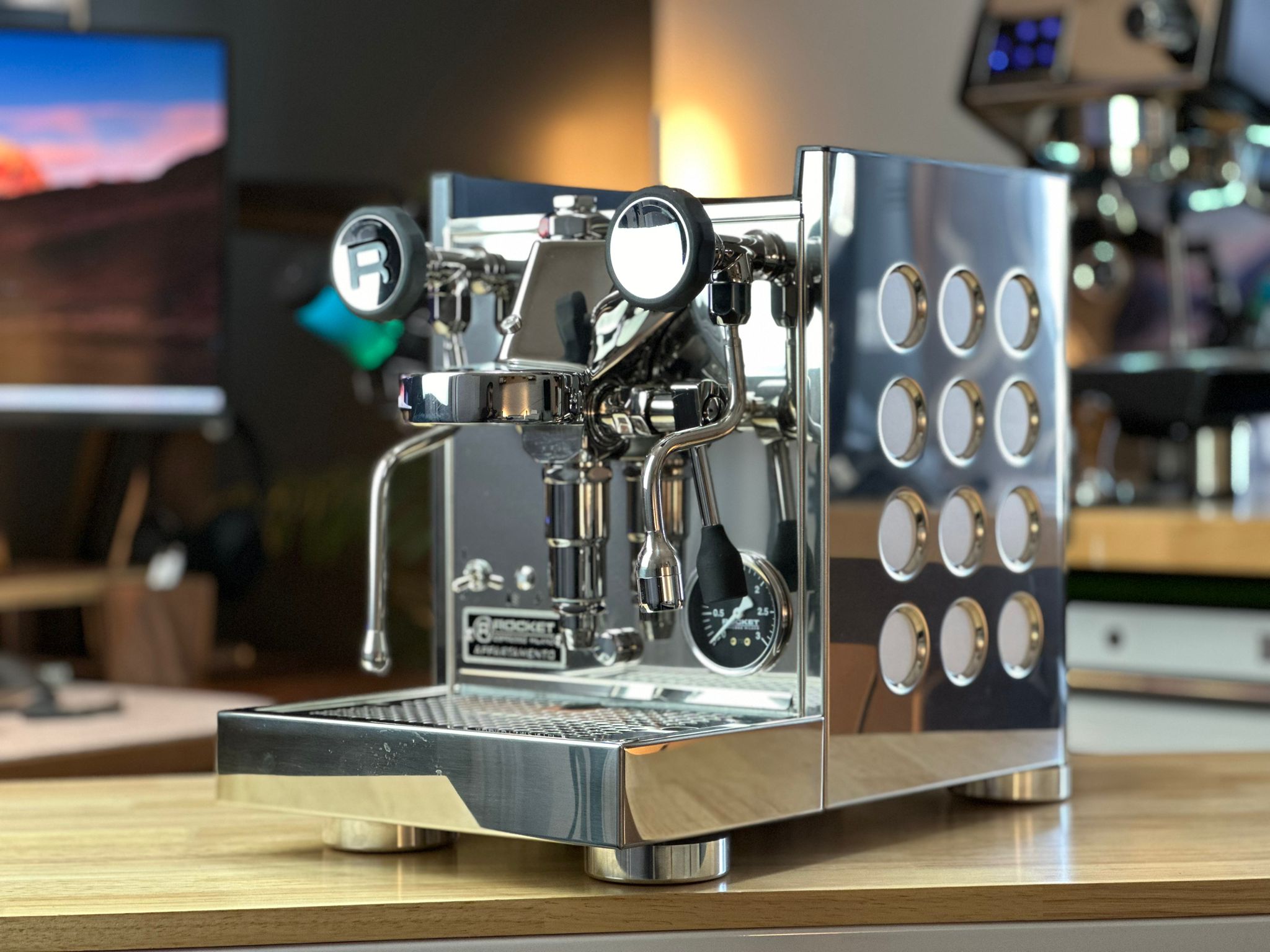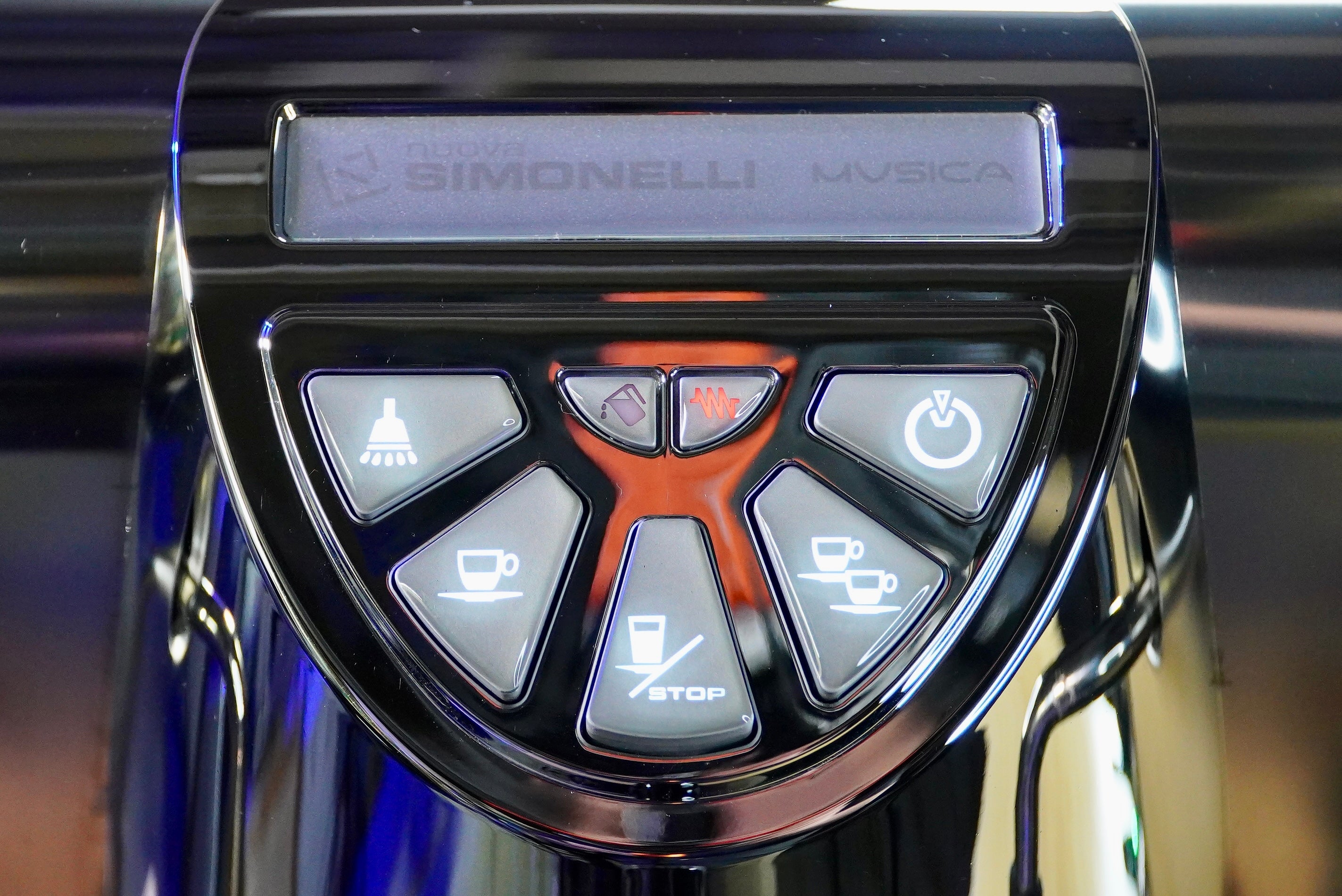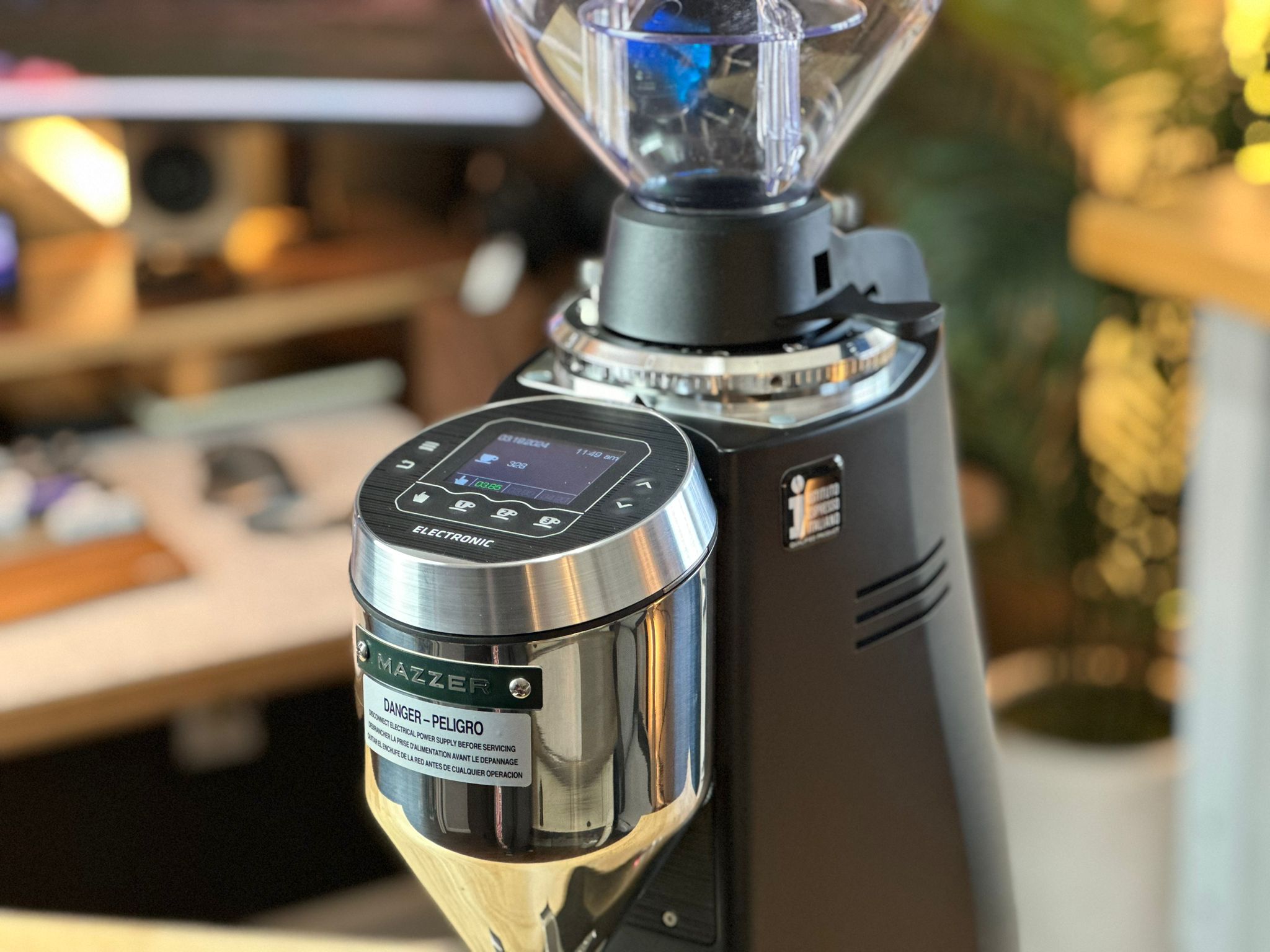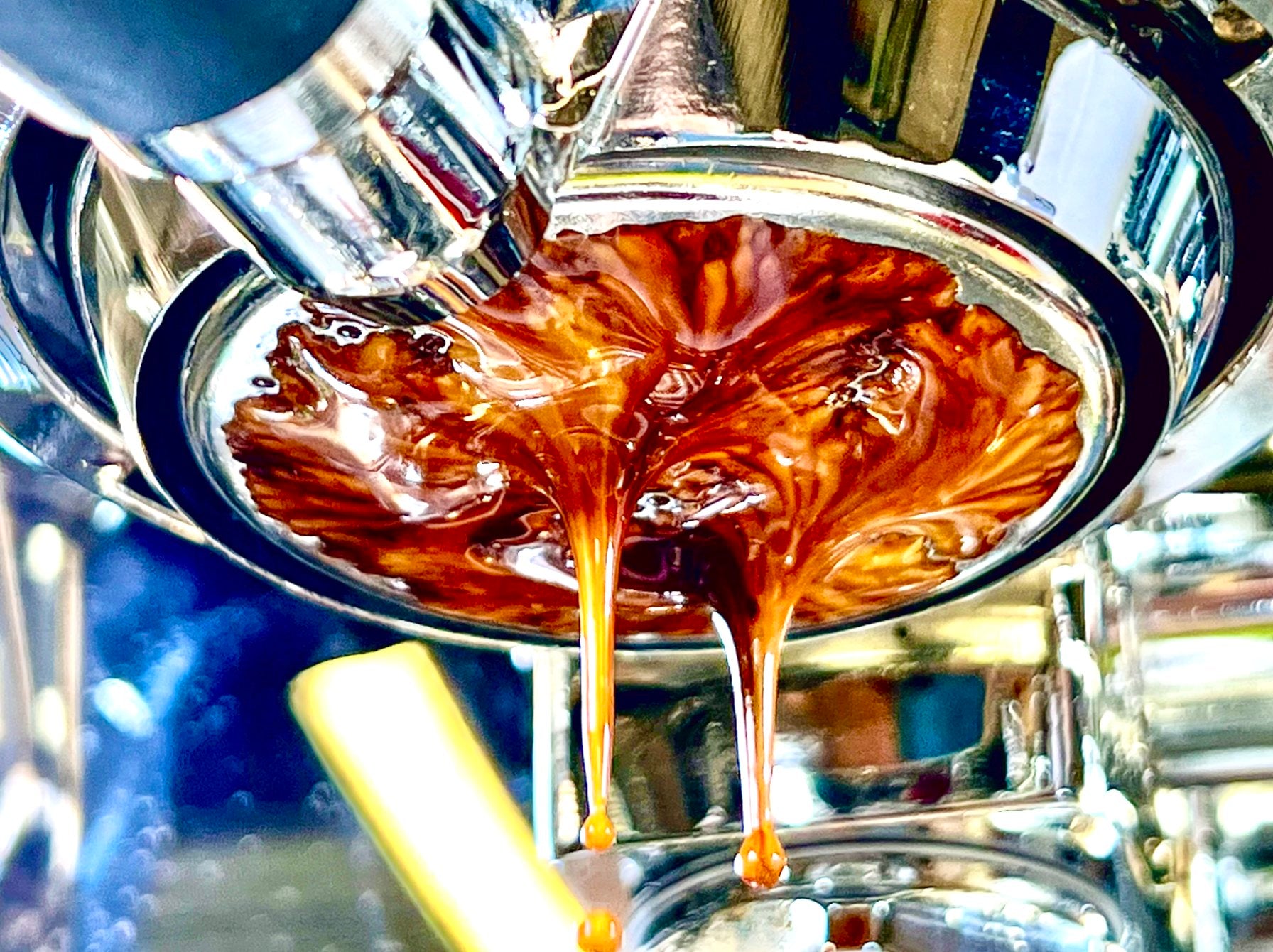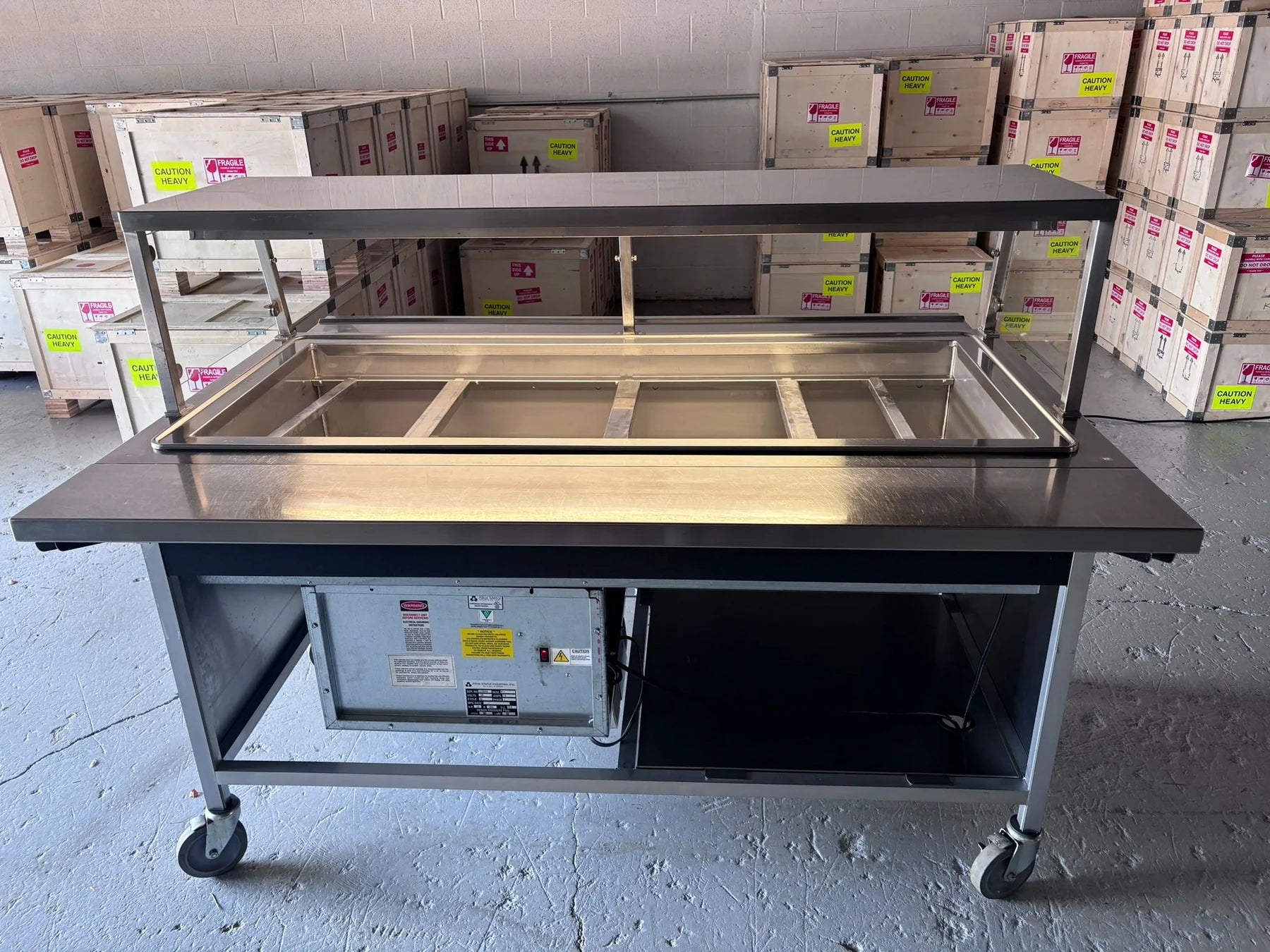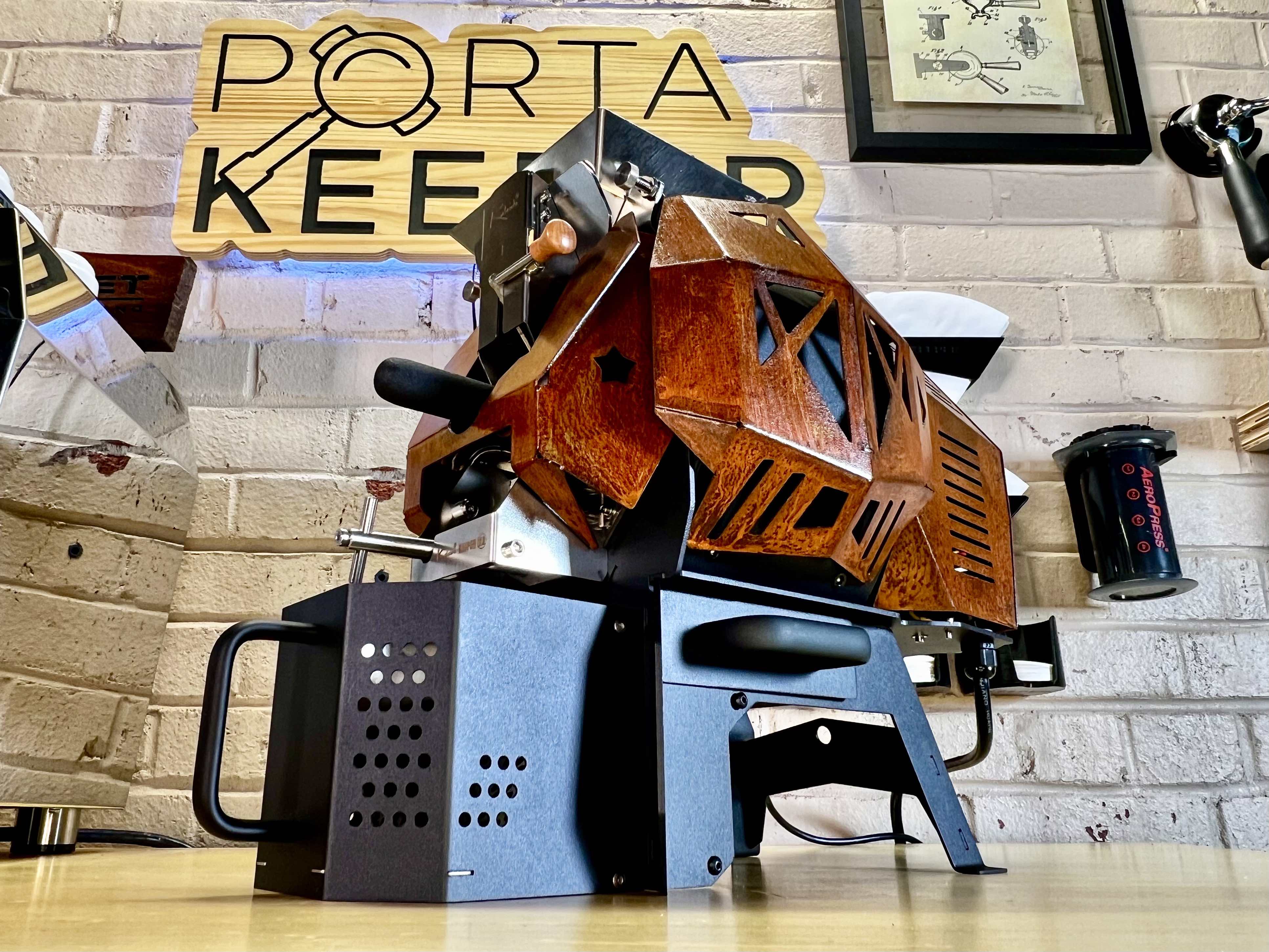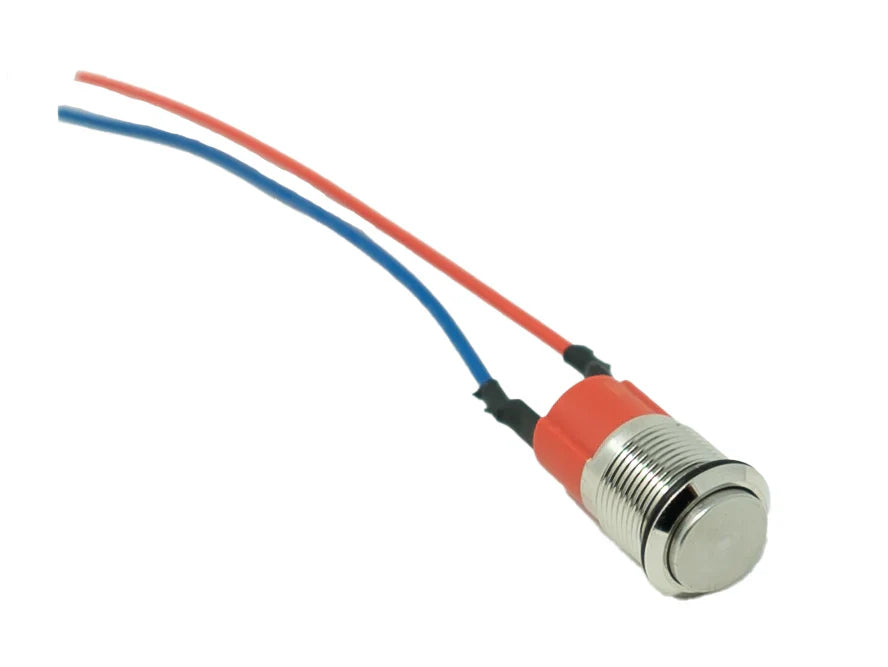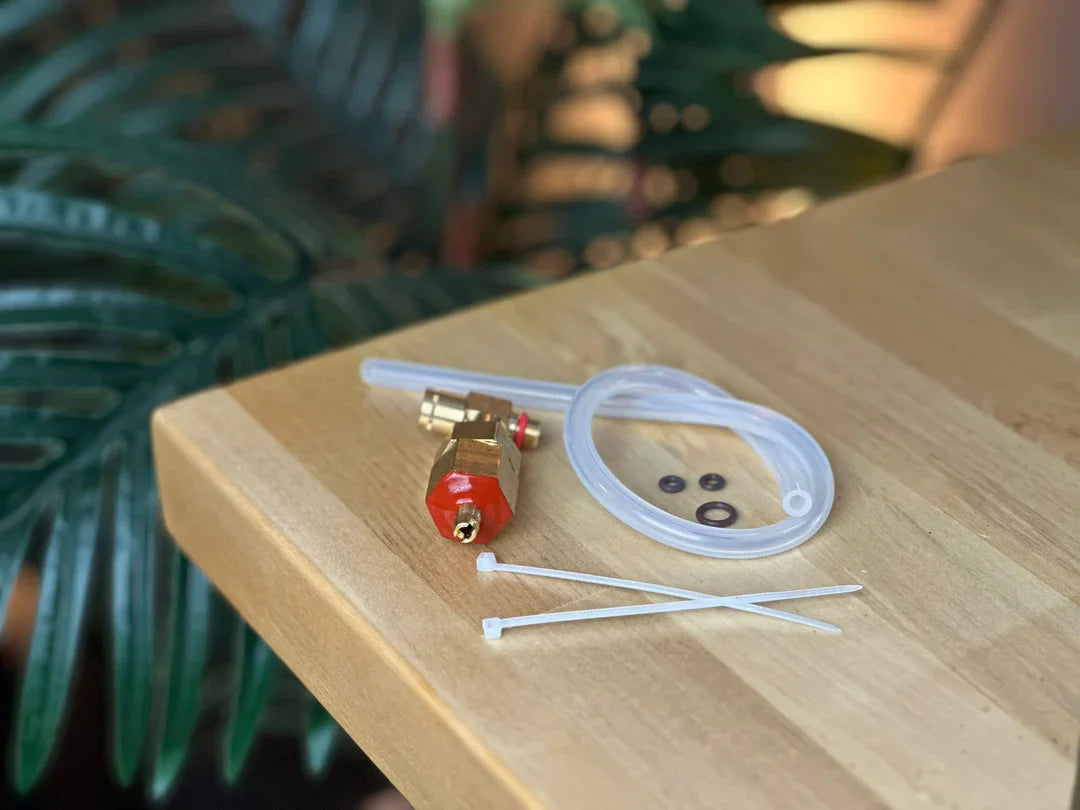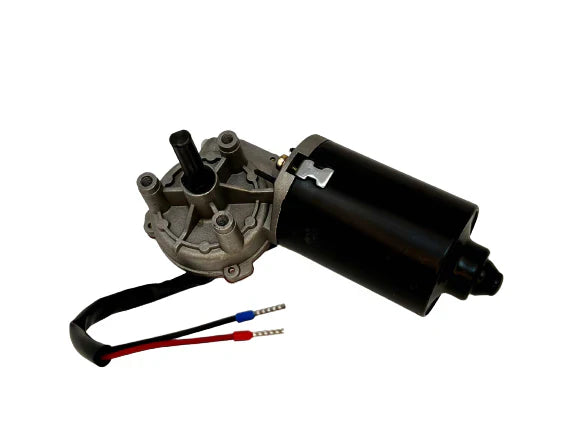The History of Gaggia: Pioneers of Modern Espresso Machines
Introduction
Gaggia is one of the most iconic names in espresso machine manufacturing, credited with developing some of the foundational technologies that revolutionized how espresso is made. Founded in 1947 by Giovanni Achille Gaggia, the company is best known for popularizing the use of pressurized water for espresso extraction, effectively creating the "crema" that defines modern espresso. Gaggia’s legacy of innovation and commitment to quality has made it a leader in both commercial and home espresso markets.
Early History: Giovanni Achille Gaggia and the Birth of Crema
The story of Gaggia begins in Milan, Italy, in 1938, when Giovanni Achille Gaggia filed a patent for a machine that used steam-free, pressurized water to brew espresso. Prior to this innovation, espresso machines relied on steam pressure, which often resulted in burnt or bitter coffee. Gaggia’s new system, which used a piston lever to force water through coffee grounds at high pressure, allowed for better extraction and created the rich, creamy foam on top of the espresso, known as crema .
This breakthrough fundamentally changed the experience of drinking espresso. The crema became a hallmark of a well-made espresso and remains a standard to this day. Gaggia's patent laid the foundation for the first modern espresso machine, a significant improvement over the steam-driven machines of the time.
The Launch of Gaggia and the Post-War Coffee Boom
After World War II, espresso culture began to expand rapidly in Italy, driven in part by a growing number of cafés that catered to a population eager for new social experiences. In 1947, Achille Gaggia formally established his company, launching the first machines under the Gaggia brand name. These early machines, designed for commercial use, were soon installed in cafés across Milan, where they quickly gained popularity due to their ability to produce higher-quality espresso compared to older machines.
One of the earliest commercial models, the Gaggia Classica, featured the lever-driven system that Gaggia had patented. The machine's performance and design helped solidify the brand's reputation for quality and innovation. In the years that followed, Gaggia continued to improve the design and reliability of its machines, which played a key role in the post-war boom in espresso culture across Italy and Europe .
Home Espresso Machines: The Gaggia Gilda
In 1952, Gaggia made its first foray into the home espresso machine market with the release of the Gaggia Gilda. This model allowed consumers to make espresso at home, something previously limited to cafés. The machine was a hit among home enthusiasts, setting the stage for the broader adoption of espresso-making in homes around the world. The Gilda was sleek, relatively easy to use, and featured many of the same innovations found in Gaggia’s commercial machines, particularly the pressurized extraction method that created crema .
The 1970s and 1980s: Gaggia Expands its Influence
The 1970s and 1980s were transformative decades for Gaggia, as the company expanded its product offerings to cater to both commercial and home markets. During this period, Gaggia introduced several landmark machines, including the Gaggia Baby, which became a favorite among home users for its compact size and robust performance. This model made it easier for espresso lovers to recreate café-quality coffee at home without sacrificing performance or consistency .
At the same time, Gaggia continued to dominate the commercial espresso machine market, with its machines becoming a fixture in cafés around the world. The company also began exporting its machines to international markets, helping spread Italian espresso culture beyond Europe.
Technological Innovations: Automatic and Semi-Automatic Machines
In the 1980s, Gaggia introduced the first fully automatic espresso machines, designed for high-volume commercial environments where speed and consistency were paramount. These machines featured automated dosing and brewing, allowing baristas to focus more on customer service and less on the mechanical process of making espresso. Gaggia’s automatic machines gained popularity in cafés and restaurants, particularly in fast-paced urban areas.
For home users, Gaggia also developed semi-automatic machines that offered more control over the brewing process while still being user-friendly. The Gaggia Classic, released in 1991, became one of the company’s best-selling home models and is still produced today. This machine is revered for its durability and ability to produce café-quality espresso at home .
Acquisition by Saeco and Continued Evolution
In 1999, Gaggia was acquired by Saeco, another prominent Italian espresso machine manufacturer. The acquisition allowed Gaggia to benefit from Saeco’s technological expertise and production capabilities, leading to the development of more advanced machines that combined Gaggia’s heritage with Saeco’s innovations.
Despite the acquisition, Gaggia continued to operate under its own brand, maintaining its identity as a leader in traditional espresso machines. In the years following the acquisition, Gaggia introduced new models that incorporated modern features like programmable settings, improved temperature stability, and enhanced frothing systems for creating microfoam.
Recent Developments and Return to Tradition
In the 21st century, Gaggia has focused on balancing tradition with modern technology. While continuing to innovate in the automatic machine space, Gaggia has also revisited its roots with models like the Gaggia Classic Pro, a machine designed for home baristas who want more control over the espresso-making process. This model harkens back to Gaggia’s early designs, offering manual controls and a traditional portafilter system, while incorporating improvements in build quality and functionality .
Gaggia has also developed grinders to complement its espresso machines, ensuring that users can control all aspects of the coffee-making process, from grind size to extraction time. The company's grinders, such as the Gaggia MDF, are designed to work seamlessly with its espresso machines, making it easier for users to achieve consistent results.
Conclusion
Gaggia's influence on the espresso world is undeniable. From Achille Gaggia’s original invention of the pressurized extraction method that gave birth to crema, to the company’s enduring presence in both commercial and home markets, Gaggia has been at the forefront of espresso innovation for over 80 years. Today, Gaggia continues to produce high-quality machines that reflect its long history while embracing modern technology, ensuring that the art of making espresso remains accessible to enthusiasts worldwide.
Footnotes
- "The History of Espresso Machines and Crema," Espresso Coffee Culture.
- "The Gaggia Story: From Milan to the World," La Macchina del Caffè (2010).
- "Gaggia Gilda: The First Home Espresso Machine," Home Barista.
- "Espresso Machines of the 1980s," Café Culture Magazine.
- "Gaggia Classic and Its Enduring Popularity," Perfect Daily Grind.
- "Saeco Acquires Gaggia: A New Chapter," Coffee Business Insights (2000).
- "Gaggia Classic Pro Review: A Return to Roots," Coffee Geek.


